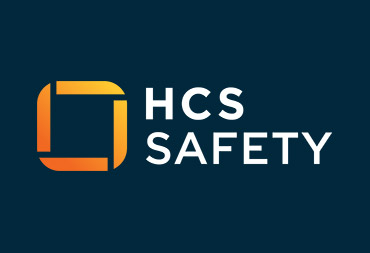Workplace accidents can have severe consequences for both employees and employers.
In the unfortunate event of an accident, conducting a thorough investigation is crucial to identify the causes, prevent future incidents, and ensure a safe working environment for all.
This blog post delves into the key aspects of safety management in workplace accident investigations and highlights the best-recommended practices.
Why Investigate Accidents? The Role of RIDDOR
RIDDOR (Reporting of Injuries, Diseases and Dangerous Occurrences Regulations) is crucial to workplace safety management.
Employers are legally obligated to report certain types of accidents, injuries, diseases, and dangerous occurrences to the relevant authorities. Failure to comply with RIDDOR can result in severe penalties and legal consequences.
Reporting accidents under RIDDOR not only fulfils legal requirements but also helps notify insurers and gather essential information for potential future insurance claims.
Moreover, properly investigating and reporting accidents demonstrates a company’s commitment to health and safety.
Investigating officers take a serious stance against companies that have ignored previous warnings or failed to report accidents as required by RIDDOR.
In the event of a court case, such negligence can be used against the company, emphasising the importance of thorough accident investigations and compliance with reporting regulations to prevent further similar incidents.
HCS Safety can provide professional advice on RIDDOR.
The Importance of Immediate Action
When an accident occurs, the first priority is to ensure the safety and well-being of the injured party.
This involves providing necessary first aid, calling for an ambulance if required, and isolating the area to prevent further harm.
It’s essential to note the position of machine controls, make the area safe by isolating gas supplies or other hazards, and record the names and contact details of the people involved and any witnesses.
Gathering Information
The HSE defines the investigation process as a four-step approach: gathering information, analysing the information, identifying risk control measures, and implementing an action plan.
Gathering information is the foundation of an effective investigation and should include a combination of physical evidence, verbal statements, and written procedures.
Physical evidence can be obtained by viewing the scene, taking measurements, photographs, and reviewing CCTV footage.
Verbal statements from witnesses and the injured party provide valuable insights into the events leading up to the accident.
Written procedures, such as risk assessments, safe systems of work, training records, and instructions, should also be analysed to identify any gaps or inadequacies.
Analysing the Information
Once the information has been gathered, the next step is to analyse it to establish the facts and identify the accident’s immediate, underlying, and root causes.
Immediate causes are the direct factors that led to the injury, such as a machine blade or hazardous chemical. Underlying causes are the unsafe acts or conditions that resulted in the injury, such as a removed machine guard or inadequate PPE.
Root causes are failures that grow from other failures, such as inadequate staff training, supervision, or risk assessments.
When analysing the information, it is important to consider human factors, procedural violations, task-specific issues, organisational issues, plant or equipment issues, and environmental factors.
If human error is identified as a contributory factor, it should be handled carefully to avoid creating a “blame culture” that undermines the safety culture.
Identifying Risk Control Measures and Implementing an Action Plan
Based on the analysis, the next step is identifying risk control measures to prevent a recurrence and improve the overall safety management system.
This involves asking critical questions about what risk control measures were missing, inadequate, or misused and how the activity or process should have been undertaken to follow safe work systems, legal requirements, or best practices.
The action plan should be specific, measurable, agreed upon, realistic, and time-scaled (SMART). It should address immediate, underlying, and root causes and provide short, medium, and long-term improvements.
The investigation results should be communicated to all concerned, highlighting the action plan, timescales, responsibilities, and how improvements will be monitored.
The Role of Professional Health and Safety Advice
Seeking professional health and safety advice is vital, especially when determining whether an accident is reportable under RIDDOR.
HCS Safety can provide expert guidance on compliance with health and safety regulations and help businesses create safer working environments.
Summing Up
Effective safety management in workplace accident investigations is essential for preventing future incidents and ensuring a safe working environment.
By following best practices, gathering comprehensive information, analysing the causes, and implementing targeted risk control measures, employers can demonstrate their commitment to the well-being of their employees and minimise the risk of costly penalties and reputational damage.
To learn more about workplace accident investigations and further your health and safety practices and policies, don’t hesitate to contact HCS Safety or visit our accident reporting page.




